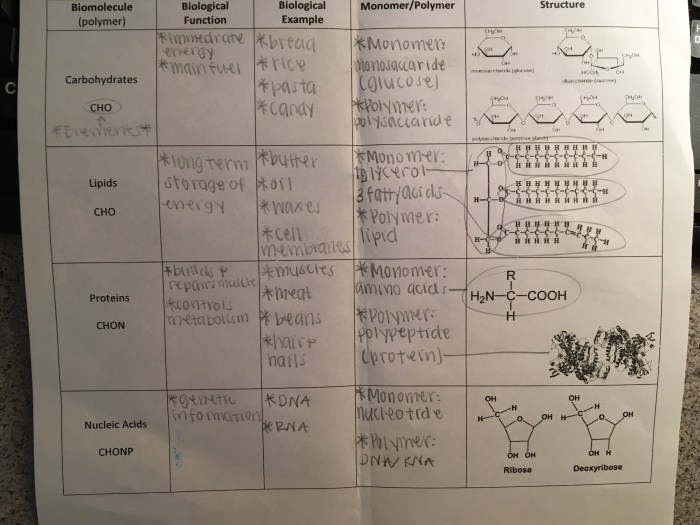Amoeba sisters video recap biomagnification answers – Embark on a journey to unravel the intricacies of biomagnification with Amoeba Sisters Video Recap: Biomagnification Answers Unveiled. This captivating narrative delves into the ecological significance of biomagnification, exploring its impact on ecosystems and human health.
As we traverse through the video’s insights, we’ll unravel the distinction between bioaccumulation and biomagnification, examining the factors that influence its rate within food chains. Real-world examples will illustrate the pervasive presence of biomagnification, highlighting its potential consequences.
Introduction
Biomagnification refers to the increasing concentration of a substance in organisms at higher trophic levels in a food chain. It occurs when a persistent pollutant is ingested by an organism and accumulates in its tissues, and then gets passed up the food chain as each organism consumes the one below it.
This process can lead to significant concentrations of the substance in top predators, potentially causing adverse effects on their health and the ecosystem as a whole.
The Amoeba Sisters video on biomagnification provides a clear and concise overview of this phenomenon, explaining the mechanisms involved and highlighting its potential impacts. In this article, we will delve deeper into the topic of biomagnification, exploring its causes, consequences, and potential mitigation strategies.
Bioaccumulation vs. Biomagnification
Bioaccumulation is the process by which a substance accumulates in an organism’s body over time. This can occur through various pathways, such as ingestion, inhalation, or absorption through the skin. Biomagnification, on the other hand, specifically refers to the increasing concentration of a substance in organisms at higher trophic levels in a food chain.
The rate of biomagnification is influenced by several factors, including the substance’s persistence, its solubility, and its ability to be metabolized or excreted by organisms.
Examples of Biomagnification
Examples of biomagnification include:
- Mercury in fish
- DDT in birds
- Lead in humans
These substances can have detrimental effects on the health of individual organisms, including reproductive problems, developmental disorders, and immune system dysfunction. Biomagnification can also disrupt ecosystem dynamics, as top predators may become more vulnerable to disease or have reduced reproductive success.
Food Web and Biomagnification: Amoeba Sisters Video Recap Biomagnification Answers

Food webs play a crucial role in biomagnification. A food web is a graphical representation of the feeding relationships between organisms in an ecosystem. It shows how energy and nutrients flow from producers (plants) through consumers (animals) and decomposers (bacteria and fungi).
Biomagnification occurs when a substance is passed up the food web, from lower trophic levels to higher trophic levels. This can lead to significant concentrations of the substance in top predators, as they accumulate the substance from all the organisms they consume.
Reducing Biomagnification
There are several strategies that can be employed to reduce biomagnification in ecosystems:
- Reducing the use of persistent pollutants
- Promoting sustainable agricultural practices
- Restoring and protecting natural habitats
By taking these steps, we can help to mitigate the impacts of biomagnification and protect the health of ecosystems and human populations.
Case Study: DDT and Biomagnification
DDT (dichlorodiphenyltrichloroethane) is a synthetic pesticide that was widely used in the mid-20th century. However, DDT was later found to be highly persistent and toxic to wildlife, and it was banned in many countries in the 1970s.
DDT is a classic example of biomagnification. It accumulates in the fatty tissues of organisms and can reach high concentrations in top predators, such as birds of prey. DDT can cause eggshell thinning in birds, which can lead to reduced reproductive success and population declines.
The case of DDT highlights the importance of understanding the potential risks of persistent pollutants and taking steps to reduce their use.
FAQs
What is the difference between bioaccumulation and biomagnification?
Bioaccumulation refers to the accumulation of substances in an organism over time, while biomagnification specifically describes the increasing concentration of these substances in organisms at higher trophic levels within a food chain.
How does biomagnification impact human health?
Biomagnification can lead to the accumulation of harmful substances in humans, potentially causing adverse health effects such as developmental disorders, reproductive issues, and cancer.
What are some strategies for reducing biomagnification?
Strategies include reducing the use of persistent organic pollutants, promoting sustainable agricultural practices, and implementing wastewater treatment systems to minimize the release of contaminants into the environment.